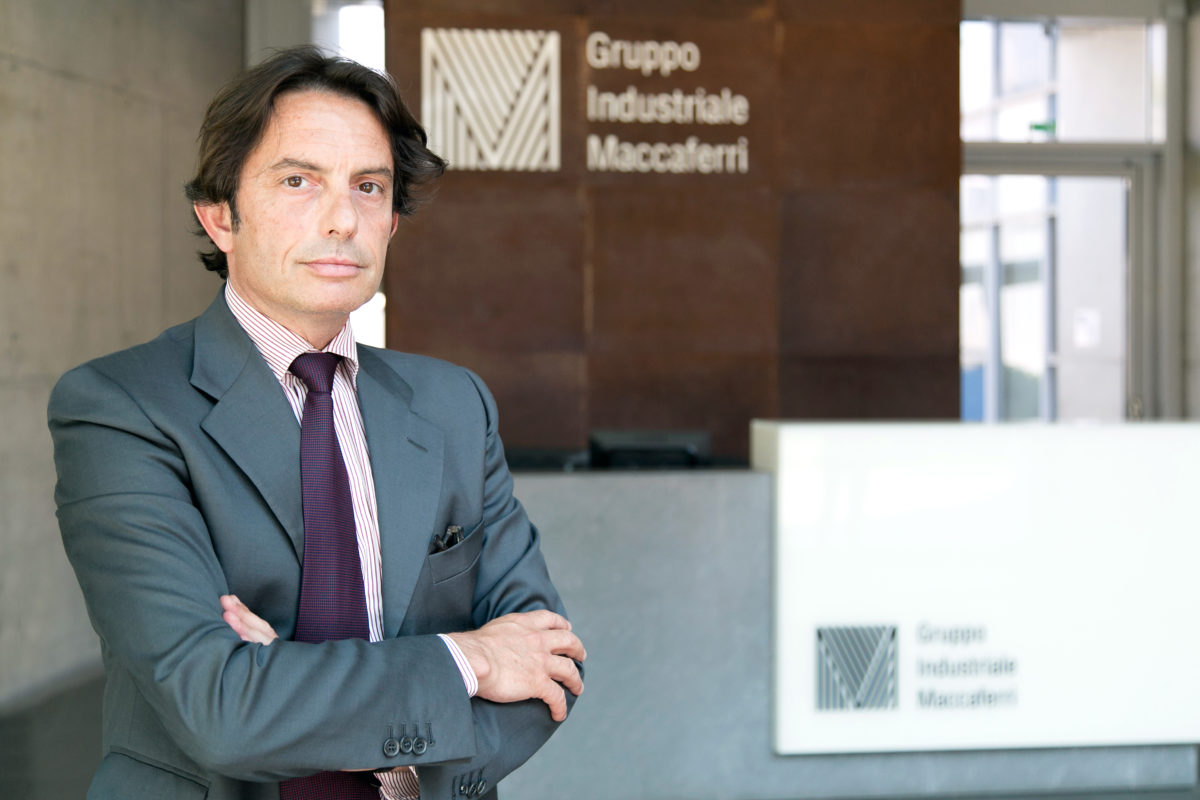pv magazine: Mr. Scandellari, Enerray began an internationalization process a few years ago, after the Italian PV market collapsed. Is this process now completed?
Scandellari: I think this is a challenge that the company has now won. We are currently present in 13 countries across America, Asia and the Middle East. We are now in the process of expanding our activities in Latin America, especially in Brazil, and in Central Africa, and we are also considering emerging Asian solar markets such as Vietnam, Malaysia and Cambodia.
As for Latin America, which do you see as the most interesting markets?
We believe that Brazil is a market full of opportunities, and not only in the large-scale segment. Distributed generation is now a viable option in the country, although several obstacles still hinder the potential development of residential and commercial PV in Brazil, which remains a business environment with many challenges. Our entry into this market was facilitated by the presence of our parent company, the Italian industrial group Maccaferri, which is active there since 60 years. Other potentially interesting markets are in our opinion Colombia, Bolivia and Peru, where the Maccaferri group is also present.
How important is being backed by an industrial group with a diversified business for Enerray over the past years and, especially, after the Italian PV market collapsed between 2012 and 2014.
That was crucial for us, and not only in financial terms. The group has opened the doors to markets in which it already operated. We have had the chance to rely immediately on local commercial networks and employees speaking the local languages.
Which is the share of Enerray in the group’s annual revenue?
Currently, I would say around 8-10%.
Margins for PV project integrators are now quite low, how is your company dealing with this?
Margins are compressed independently from the complexities of each individual market. If we now look into solar projects with a capacity of over 100 MW, we can say these projects have now become as any other infrastructure project. Utility-scale projects will probably become bigger and bigger, and contracts will be more segmented. As a result, system integrators will act more as subcontractors in the future and civil works will become their main task. As for the distributed generation segment, I would say that margins are not particularly high, but risks are also limited.
Do you believe there’s a risk that project integrators will disappear in the future?
Popular content
I would say no; PV it’s still a fast growing market, therefore what I can foresee in the coming years is a consolidation process in the mature markets and newcomers in the early stage markets.

Image: Enerray
Which are the markets with the highest margins for integrators?
Turkey, Saudi Arabia and Jordan are markets in which we operate where margins can be considered higher than in other countries, although different types of challenge must be addressed here. Furthermore, I would point out the distributed generation segment in Brazil, where fiscal incentives are being granted to residential and commercial projects.
How is the price drop for modules and inverters impacting the integrators’ business?
With the current level of market competition, the almost 100% key component price drop goes for the benefit of clients; of course more projects can be realized worldwide with a lower CAPEX, so I would say that we do see an indirect positive effect.
Is Enerray interested in operating in the off-grid segment?
This is one of our priorities. Enerray has recently invested in Plug the Sun, a company based in Hong Kong in which it owns a 55% stake. The remaining share is owned by Fast Power. The company is already active in off-grid markets such as Argentina, the Philippines, Cambodia and Vietnam. We find it very interesting how pay-as-you-go models could boost this market. For the grid-off business, there is huge potential in many countries in Asia and Africa. Micro-grids are also becoming interesting, especially for the engineering element.
Will Enerray remain a solar company in the future, or will it diversify its business in other energy or infrastructure sectors?
For the time being we will remain focused on solar, which means for us mainly PV, plus CSP on opportunistic basis.
This content is protected by copyright and may not be reused. If you want to cooperate with us and would like to reuse some of our content, please contact: editors@pv-magazine.com.



By submitting this form you agree to pv magazine using your data for the purposes of publishing your comment.
Your personal data will only be disclosed or otherwise transmitted to third parties for the purposes of spam filtering or if this is necessary for technical maintenance of the website. Any other transfer to third parties will not take place unless this is justified on the basis of applicable data protection regulations or if pv magazine is legally obliged to do so.
You may revoke this consent at any time with effect for the future, in which case your personal data will be deleted immediately. Otherwise, your data will be deleted if pv magazine has processed your request or the purpose of data storage is fulfilled.
Further information on data privacy can be found in our Data Protection Policy.